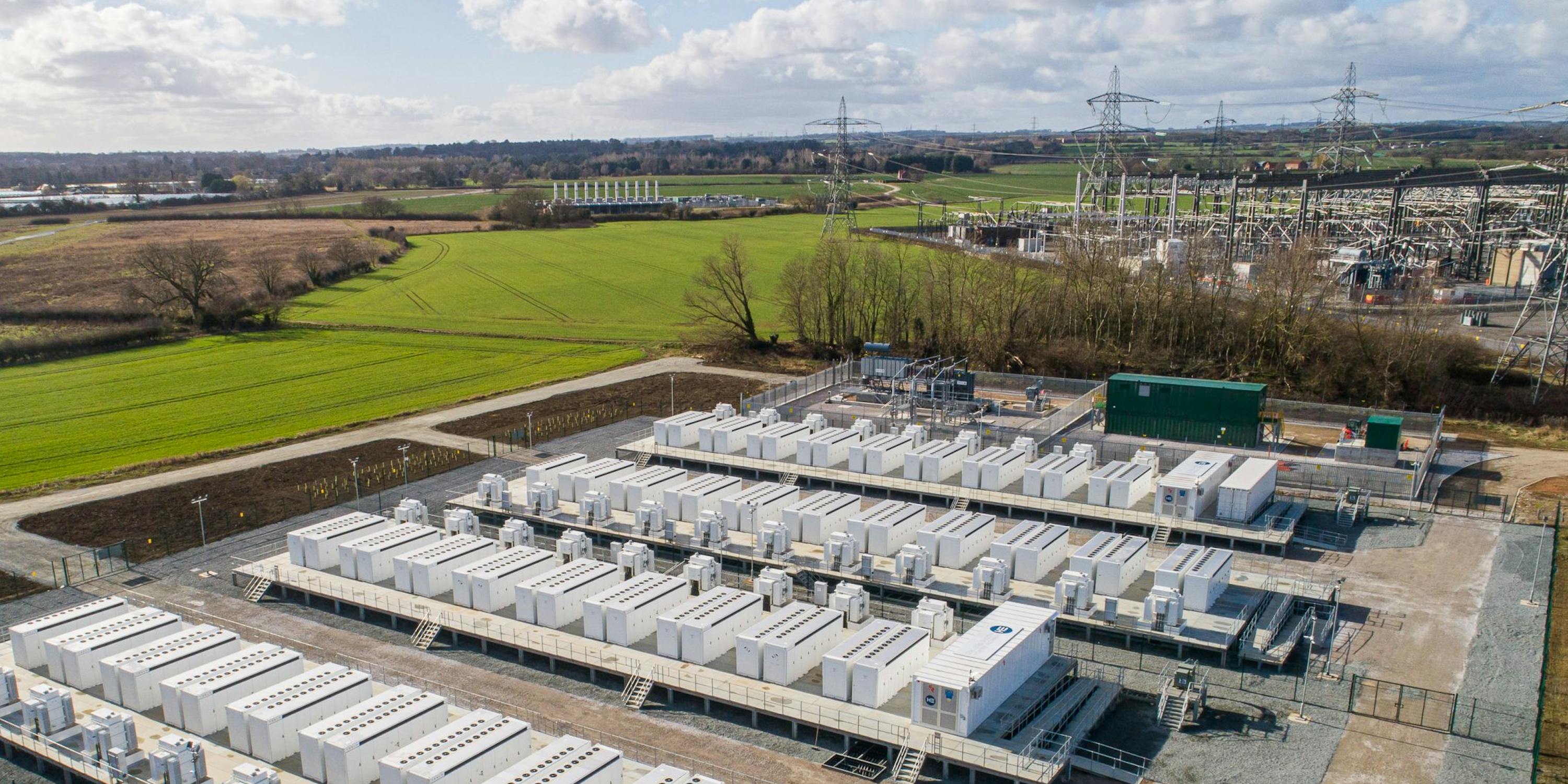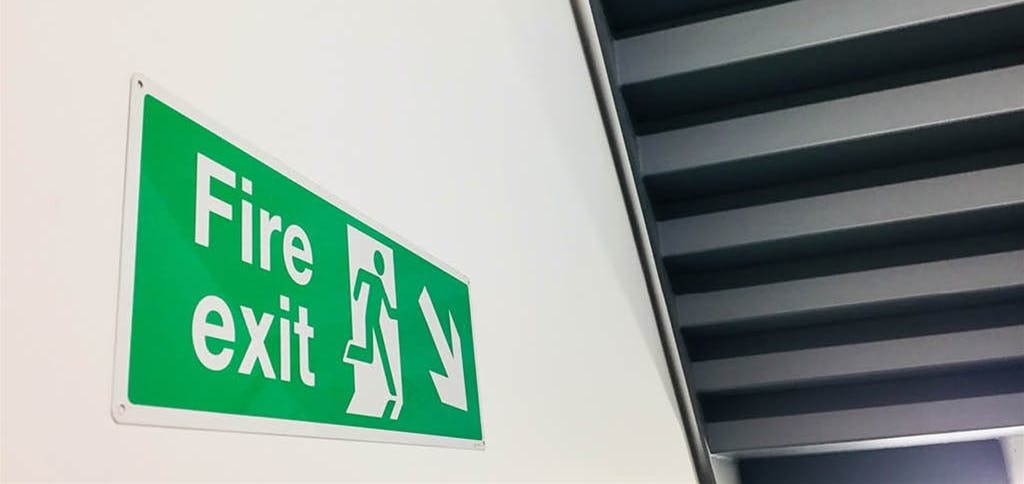BS 7671 Amendment 4 (2026) – Overview of Proposed Changes
Amendment 4 to BS 7671 (IET Wiring Regulations) is planned for release in 2026. This update introduces new sections and chapters, as well as important clarifications and revisions across the standard.
These changes are in draft and are subject to revision.
Key Additions
The amendment includes several new sections aimed at addressing emerging technologies and safety considerations:
- Section 545 – Functional earthing and equipotential bonding for ICT systems
Covers earthing for broadcast, communication, and computer networks, distinguishing clearly between functional and protective earthing. - Chapter 57 – Stationary secondary battery installations
Provides detailed guidance on battery systems used to store and supply electrical power. - Section 716 – Power over Ethernet (PoE) and ELV DC distribution
Sets out requirements for distributing extra-low voltage DC power using balanced data cabling, commonly used in ICT installations.
Other Key Updates
The amendment also introduces updates across multiple areas of BS 7671, including:
- Medical locations – Enhanced requirements for electrical installations in healthcare settings.
- Firefighter’s switches – Revised guidance for installations requiring emergency disconnection.
- Chapter 65 – Clarifications related to periodic inspection and testing.
Chapter 52 – Selection and Erection of Wiring Systems
Regulation 521.5.1 has been revised to clarify requirements for conductors installed in ferromagnetic enclosures and to address the potential impact of electromagnetic effects.
Previously, the regulation required that all conductors of an AC circuit—including line, neutral (if present), and protective conductors—be installed within the same enclosure when that enclosure is made of ferromagnetic material. It also stated that where such conductors enter a ferrous enclosure, they must be grouped together, ensuring they are only collectively surrounded by ferromagnetic material.
Why this matters
Alternating currents (AC) generate alternating magnetic fields. If conductors are improperly arranged inside ferrous enclosures, eddy currents can form. These can lead to unwanted heating of the enclosure, posing a safety risk.
What’s changed
A new clarifying note has been added:
- For low-voltage switchgear and controlgear assemblies complying with BS EN IEC 61439, conductors carrying up to 200 A may pass through separate holes in ferromagnetic enclosures, sections, or plates.
Where currents exceed 200 A, and conductors pass through separate holes, a temperature-rise test must confirm safe operation.
Regulation 521.10 – Installation of Cables
Regulation 521.10.202 requires that wiring systems must be supported so they are not at risk of premature collapse, particularly in the event of a fire.
This requirement was introduced to reduce the risk of hanging or fallen cables blocking escape routes or hindering firefighting efforts during emergencies.
Clarifying the intent
A note has been added to clarify the purpose of this regulation. It states that:
- The intent is not to ensure cables maintain circuit integrity for life safety or firefighting systems during a fire.
- Those performance requirements are covered separately in Chapter 56 and standards such as BS 5839, BS 5266, and BS 8519.
Section 536 – Coordination of Electrical Equipment for Protection, Isolation, Switching, and Control
Regulation 536.4.202 has been updated to provide clearer guidance on how to coordinate low-voltage switchgear and controlgear assemblies with their associated overload protective devices.
What’s changed
The revised regulation now explicitly includes load curtailment as one of the factors that must be considered when assessing proper coordination.
This ensures that electrical systems can operate safely and reliably, even when operating conditions change or protective measures need to be applied.
Section 537 – Isolation and Switching
Regulation 537.4.2 has been updated to improve fire safety. Now, firefighter’s switches must be installed in locations identified by the fire engineer as part of the building’s overall fire strategy.
Where they are required
Examples include:
· Outdoor lighting that operates at high voltage
· Indoor discharge lighting with high-voltage operation
These updates aim to ensure that emergency responders can safely isolate circuits when needed.
Additional changes
· Regulation 537.4.2.1 has been deleted.
· Regulation 537.4.4 has been slightly revised for clarity.
Section 545 – Functional Earthing and Equipotential Bonding for ICT Systems
A new Section 545 has been added to address functional earthing and bonding requirements for information and communication technology (ICT) systems. These include systems such as:
- Broadcast infrastructure
- Communications technology
- Computer networks
Key purpose
This section establishes a clear distinction between:
- Functional earthing, which supports the operation of ICT systems
- Protective earthing, which ensures electrical safety
It is critical that interruption of the functional earthing does not affect the protective earthing, as both serve different safety and operational roles.
What’s included
Section 545 introduces detailed requirements for:
- Minimum cross-sectional area of bonding conductors
- Identification and continuity of bonding paths
- Use of combined protective and functional bonding conductors
- Main functional earthing terminal
- Equipotential bonding ring conductors

Section 551 – Low-voltage Generating Sets
Section 551 sets out the requirements for low-voltage generators used in various types of supply arrangements.
Regulation Group 551.7 – Generators Operating in Parallel
When a generating set operates in parallel with other power sources, such as public electricity distribution systems, it is essential to install suitable protective devices. This is especially important where energy can flow in both directions.
- Regulation 551.7.1 has been redrafted to clarify these requirements:
- A new paragraph (c) requires a suitable protective device to be installed in bidirectional energy flow scenarios.
- A new paragraph (d) prohibits connecting a source to the load side of an RCD under certain conditions.
Regulation 551.7.2 – Now Split into Two Separate Regulations
Regulation 551.7.2.1
- Requires the generating set to be installed on the supply side of all protective devices.
- Clarifies that stationary batteries (as covered in Chapter 57) are considered generating sets, not loads.
Regulation 551.7.2.2
- Defines requirements for low-voltage switchgear and controlgear assemblies when a generating set is used as an additional power source in parallel with another source.
Regulation Group 551.8 – Removed
The previous requirements for installations with stationary batteries have been moved to the new Chapter 57. As a result, Regulation Group 551.8 has been deleted in Amendment 4.
Chapter 56 – Safety Services
Chapter 56 outlines the general requirements for electrical systems that provide essential safety functions during emergencies.
This includes:
- The selection and erection of electrical supply systems for safety services
- Requirements for electrical sources that power such services
Note: Standby electrical supply systems that do not provide safety-related functions are not covered by this chapter.
Regulation Group 560.6 – Electrical Sources for Safety Services
This section has been significantly revised to align with the introduction of Chapter 57 on stationary batteries.
Key updates include:
- Clearer guidance on suitable electrical sources used for safety services
- Updated criteria for protection, continuity, and system design
- Integration of new requirements related to secondary battery systems, which are now addressed separately in Chapter 57
Chapter 57 – Stationary Secondary Batteries
Chapter 57 is a new addition to BS 7671. It sets out detailed requirements for the installation of stationary secondary battery systems used to store and supply electricity.
Scope
This chapter applies to battery systems intended for permanent installation where their main purpose is to:
- Store electrical energy
- Supply power to electrical installations when required
It does not apply to:
- Batteries that are part of products covered by product safety standards
- Batteries within systems like:
- Plugable uninterruptible power supplies (UPS)
- Fire safety systems
- Emergency lighting systems
- Central safety power supply systems compliant with specific standards
Key Requirements
The chapter outlines rules for:
Battery Selection
Guidance is given on choosing appropriate battery types and capacities based on:
- Nature of the connected load
- Voltage
- Load profiles
Installation and Protection
Requirements cover:
- Protective earthing
- Electric shock protection
- Thermal and mechanical protection
- Proper identification and safety notices
- Fire Safety in Dwellings
Regulation 570.6.7.203 requires that battery installations in dwellings comply with PAS 63100 (Protection Against Fire of Battery Energy Storage Systems).
In non-domestic buildings, the location and fire protection measures must be based on a fire risk assessment for the premises.
What is PAS 63100?
Protection Against Fire of Battery Energy Storage Systems.
Reference Standard: PAS 63100:2024
PAS 63100 provides specifications for minimising fire risks when installing battery energy storage systems (BESS) in dwellings. It is referenced in Regulation 570.6.7.203 and plays a key role in ensuring safe installation practices.

Chapter 65 – Periodic Inspection and Testing
Chapter 65 covers the requirements for carrying out periodic inspections and testing of electrical installations. These inspections help verify that an installation remains safe and compliant over time.
Regulation 653.1 – Notes for the Person Producing the Report
This regulation has been updated to require that the notes in Appendix 6 be taken into account by the person preparing the Electrical Installation Condition Report (EICR).
These notes are designed to help:
- Improve the quality and consistency of reporting
- Ensure that the purpose and findings of the inspection are clearly understood
Regulation 653.2 – Guidance for the Report Recipient
New requirements now state that the report must include guidance for the recipient(s), based on the model provided in Appendix 6.
Additionally:
- A new note clarifies that photographic or thermographic images may be included in the report as supporting evidence
- These visual aids can help recipients better understand the condition of the installation and any actions recommended
Appendix 6 – Model Forms
Updates to Appendix 6 include:
- Rearranged content for greater clarity
- Confirmation that signatures on the EICR must be those of the person(s) responsible for:
- Carrying out the inspection and testing
- Authorising the report for issue
- Clarification that issuing a FI (Further Investigation) code should not automatically lead to the report being classified as "unsatisfactory"
Section 716 – Power over Ethernet (PoE)
Section 716 is a new addition to BS 7671. It sets out requirements for the distribution of extra-low voltage (ELV) DC power using structured cabling systems typically designed for data transmission.
What This Covers
This section applies to systems that use:
- Balanced information technology cables (e.g. Ethernet cabling)
- Equipment designed primarily for data communication, such as:
- Computers
- IP phones
- Wireless access points
- Security devices
- ELV DC power, supplied via the same cables used for data (i.e. Power over Ethernet)
Standards Referenced
- BS EN 50173-1 – for structured cabling systems
- BS EN 62368-3 – for power sourcing equipment (e.g. PoE switches and injectors)
Key Requirements
The regulation includes provisions for:
Design and Erection
- Systems must be designed to handle the combined load of data and power
- Cables and connectors must be selected and installed to manage current, voltage, and thermal risks
Verification
- Installations must be tested to ensure they meet both data performance and electrical safety requirements
Existing Infrastructure
- Where existing telecoms cabling is repurposed for PoE, it must be assessed to confirm suitability for power transmission
Purpose
The aim of this section is to ensure:
- The safe and effective distribution of power and data through the same infrastructure
- That data cabling systems used for power (like PoE) are treated with the same electrical safety considerations as conventional ELV systems
Section 710 – Medical Locations
Section 710 outlines the electrical requirements for medical locations, with a focus on ensuring patient and staff safety in healthcare environments.
Key Updates in Amendment 4
Amendment 4 introduces several important updates to Section 710:
- Expanded Requirements: Many parts of the section have been rewritten to provide clearer guidance for designers and installers working in medical environments.
- Group 2 Medical Locations: These are areas where patients may be connected to life-support equipment. The updated regulations focus on preventing power loss in the event of a single fault.
Power Supply in Group 2 Locations
- Regulations now require redundancy and fault tolerance in power supplies.
- These updates aim to avoid interruption to critical medical devices, even if one power source fails.
Medical Insulation Monitoring Devices
The regulations now include extended and updated requirements for:
- Installation
- Performance
- Alarm and response systems
These devices monitor the insulation of medical IT systems and help detect faults before they become hazardous.
Supplementary Equipotential Bonding
Updated requirements clarify how to implement bonding between accessible conductive parts to:
- Reduce touch voltages
- Improve fault protection
New Annex – B710
A new model form has been added (Annex B710) to record resistance measurements of supplementary bonding connections.
This form supports documentation and verification during inspection and testing.

Chapter 81 – Energy Efficiency
Part 8-1: Functional Aspects – Energy Efficiency
Chapter 81 is a new chapter introduced in BS 7671:2026 Amendment 4. It focuses on improving energy efficiency in low-voltage electrical installations.
Purpose
The goal of this chapter is to:
- Promote energy-efficient design and operation of electrical installations
- Encourage the use of systems and technologies that reduce energy consumption
- Support the move towards sustainable and environmentally responsible electrical practices
Scope
While detailed technical content is still being developed, the chapter is expected to address:
- Energy-efficient equipment selection
- Smart load management and control systems
- Energy monitoring and performance tracking
- Minimising energy losses in distribution systems
- Integration with renewable energy sources and energy storage systems
Current Status
At this stage, Chapter 81 serves as an introductory framework. It signals a broader focus in BS 7671 on energy performance, and further detail is expected in future editions or supporting documents.
Changes to the Appendices
Amendment 4 introduces several important updates across multiple appendices of BS 7671. Here’s a breakdown of the key changes:
Appendix 4 – Current-Carrying Capacity and Voltage Drop
New data has been added for buried cables installed in ducts.
These additions help designers make more accurate calculations for voltage drop and current-carrying capacity in specific installation conditions.
Appendix 6 – Model Forms for Certification and Reporting
The notes for the person producing the condition report have been redrafted and reorganised for better clarity.
Notable updates include:
- Clear confirmation that the signatures on reports must be from those conducting the inspection and authorising the report.
- Clarification that assigning a ‘Further Investigation’ (FI) code on an Electrical Installation Condition Report (EICR) does not automatically mean the installation is unsatisfactory.
Appendix 13 – Cables in Protected Escape Routes
The guidance in this appendix has been completely redrafted.
Updates align with:
- Approved Document B (Volumes 1 and 2)
- BS 9991 (Fire safety in residential buildings)
- BS 9999 (Fire safety in commercial buildings)
Emphasis is placed on the need for a fire safety strategy to be prepared by a qualified fire engineer using the most appropriate guidance.
Appendix 17 – Deleted
Appendix 17 has been removed.
Its content has effectively been replaced by the new Chapter 81 on energy efficiency.





